Yemen’s civil war is about to be eclipsed in a tragic manner. The fighting pits Iranian-backed Houthi rebels who took over the capital Sana’a and the north in 2015 against the Saudi- and UAE-backed, U.N.-recognized government of President Hadi. Another conflict pits the Hadi government against the Southern Transitional Council. Both are ongoing. Despite calls for ceasefires, the country remains sharply divided and now faces a potentially deadlier foe than the war—the COVID 19 pandemic.
The U.N.’s head of humanitarian operations in Yemen, Lise Grande, says that Yemen faces a worst-case scenario. The death toll from the pandemic could “exceed the combined toll of war, disease, and hunger over the last five years (in Yemen).” That could be over 230,000 deaths according to a U.N.-commissioned report from the University of Denver. These dire warnings came after a June 2, 2020 meeting sought to raise $2.4 billion needed by the U.N. and NGOs but netted only $1.35 billion. In 2019, Kuwait, Saudi Arabia, and the United Arab Emirates had pledged $1.5 billion. This year, only the Saudis pledged ($500 million). Whether to prevent diversion of aid by the Houthis—also a common complaint among Western donors—or for other reasons, the impact on Yemeni civilians will be devastating.
The U.N. termed Yemen the world’s worst humanitarian crisis before the pandemic. Some 80 percent of the population—24.1 million people—required humanitarian assistance, with half on the brink of starvation. Since March 2015, 3.65 million have been internally displaced—80 percent of them for over a year. They are among the most vulnerable to the pandemic. In the meantime, the U.N.’s lack of funds means half-rations for 8.5 million hungry Yemenis. Around 2 million children under 5 years old suffer from acute malnutrition. Prior to the pandemic, 2 million children were out of school; an additional 5 million are now out of school. Furthermore, some 10 percent of Yemenis depend wholly on remittances. According to Oxfam, money transfers decreased by 80 percent between January and April.
Predictably, the war decimated the country’s health sector, with at least half the medical facilities rendered dysfunctional while confronting the worst cholera outbreak in modern times with 110,000 cases in April. Around 20 percent of the country’s 333 districts have no medical doctors and the numbers are getting thinner as the war and now the pandemic force doctors and other medical staff to leave the country or avoid working for fear of infection with little available protection. The country currently has only 500 ventilators (60 for children) and 700 intensive care unit beds. According to the U.N. more than 30 of 41 major U.N. programs in Yemen will close in the next few weeks if additional funding is not available. Some 10,000 health care workers have already lost the United Nations payments that for many were their only salary. The U.N. has also had to halt health services for women giving birth in 150 hospitals. As the UNHCR says. the country’s health system “has in effect collapsed.”
As of early June, official sources cited 400 pandemic cases and 87 deaths. But the U.N., Doctors without Borders, and others believe this to be a dramatic undercount given limited testing ability. As of May 30, 2020, only 2,678 people had been tested out of 28 million Yemenis. The U.N. and other aid agencies are operating on the basis that “community transmission”—meaning widespread, unchecked, and uncontrolled transmission—is taking place across the country.
The undercount applies to both north and south. The south is hampered by divisions between the Southern Transitional Council and the U.N.-recognized government. There are closures and hospitals refusing to take in COVID-19 patients because of inadequate protection for staff and/or lack of treatment capacity. The official number of dead in Aden is only 127, but a look by CNN notes that the city recorded 950 deaths in the first two weeks of May—nearly four times the 251 deaths in the month of March. That is a staggering number and represents half the casualties that the city suffered during 2015 when there was heavy sustained fighting in Aden. In short, the pandemic might well exceed that casualty count soon if it has not already done so.
In the north, there has been a strong aversion to acknowledging the pandemic. Patients and medical staff have been threatened if they release data or information. The Houthi Ministry of Public Health and Population, in an Orwellian twist, said that presenting infections “as numbers and statistics” in many countries had “negatively affected people psychologically and weakened their immune systems.” There is anecdotal evidence of far larger numbers than the few cases admitted. Khazima cemetery, one of the largest in Sana’a, has a sign saying that it is full. The lack of transparency has fueled rumors of euthanasia in hospitals and other conspiracy theories. The pandemic is undoubtedly spreading in Sana’a and beyond in the absence of closures and other preventive measures.
In areas outside the control of either side—such as those held by Al-Qaeda in the Arabian Peninsula—community transmission is undoubtedly in play. It has also certainly impacted the 140,000 migrants in Yemen who arrived last year from the Horn of Africa, ostensibly bound for the Gulf.
Without adequate testing, PPE, ventilators, etc., fighting COVID-19 remains an uphill battle. Yet, there are areas of hope, including the U.N.-trained rapid response teams now battling cholera in all 333 districts. Their numbers are now doubling and they are beginning to target the pandemic with contact tracing and relaying samples to testing centers, which are gearing up. One can only hope that the funds needed for Yemen will be secured. The alternative is a tragedy no one should want to contemplate.
The Brookings Institution is committed to quality, independence, and impact.
We are supported by a diverse array of funders. In line with our values and policies, each Brookings publication represents the sole views of its author(s).

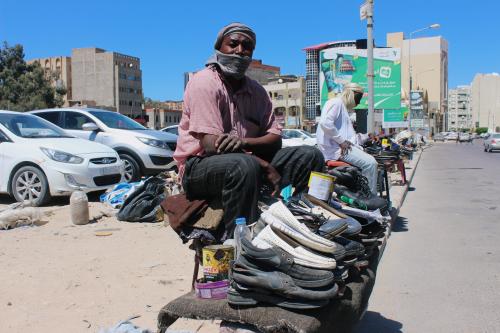
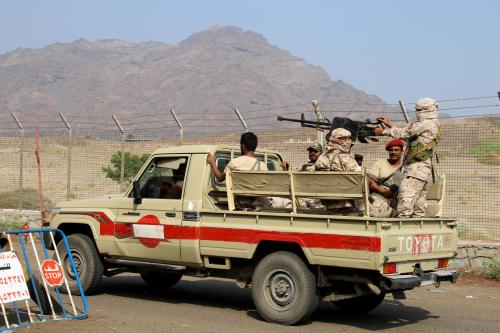
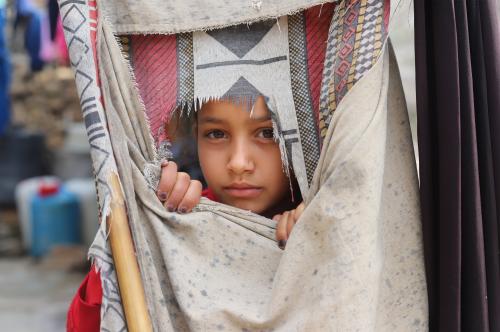

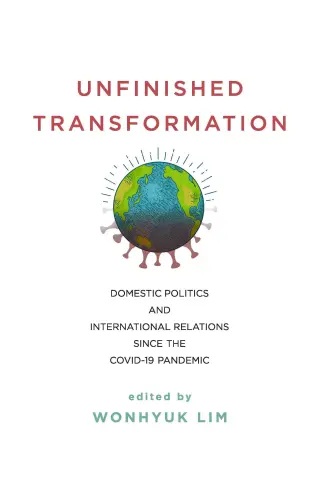
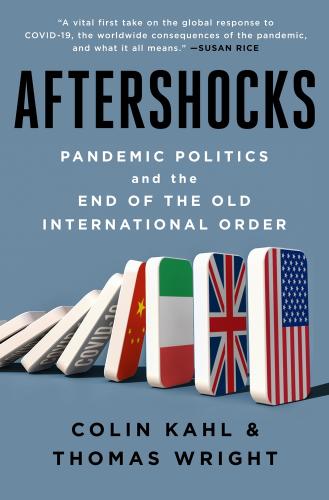

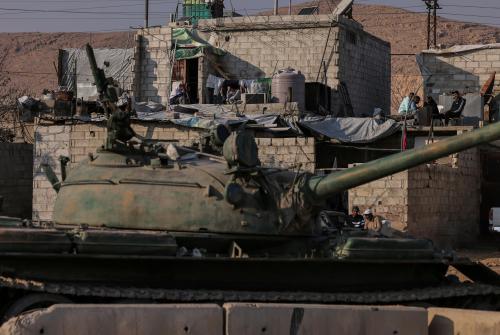
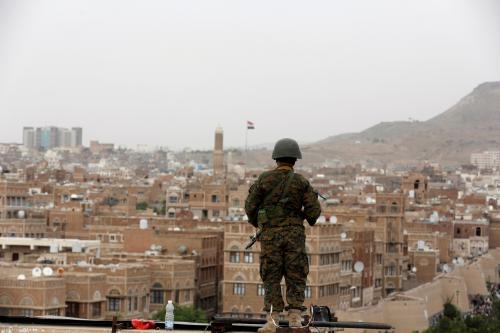
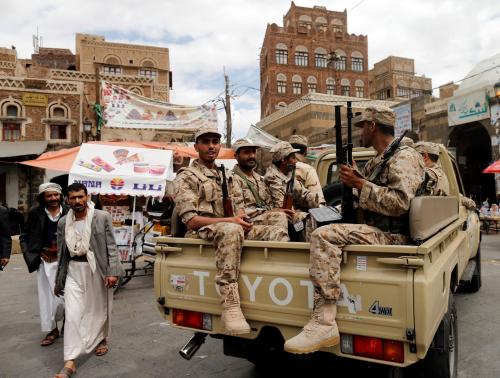
Commentary
Yemen and COVID-19: The pandemic exacts its devastating toll
June 15, 2020